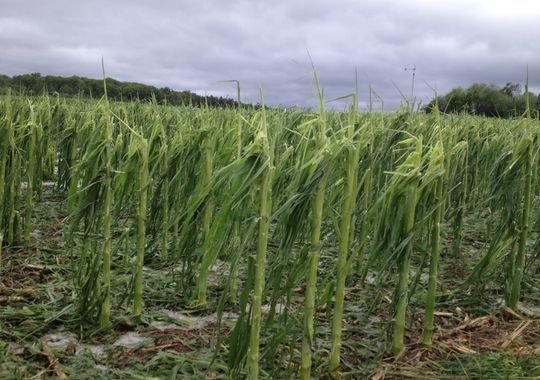
Matt Stasiak, an agricultural researcher, tells the Door County Advocate the hail crushed cherry trees, grapevines, winter wheat, corn and other crops in Sevastopol on Monday night.
"A lot of foliage was stripped right off the cherry and apple trees," he said. "I saw some corn that had been ripped down to the stalks."
Stasiak also said five or six unfinished experiments at the Peninsular Agricultural Research Station were ruined. His team will have to wait until next year to repeat them.
A farmer tending to 60 acres of corn said the storm reduced the crop to one foot tall from four feet. The farmer said he remembers a similar hailstorm that hit the area 51 years ago, but it didn't leave behind "snowbanks" like the one on Monday night.
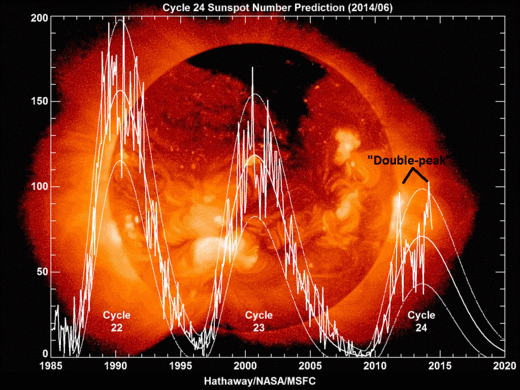
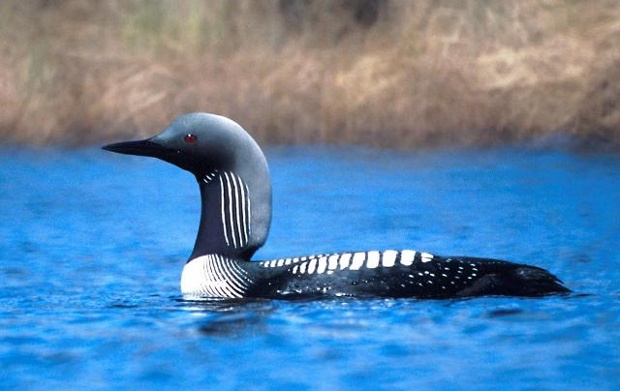

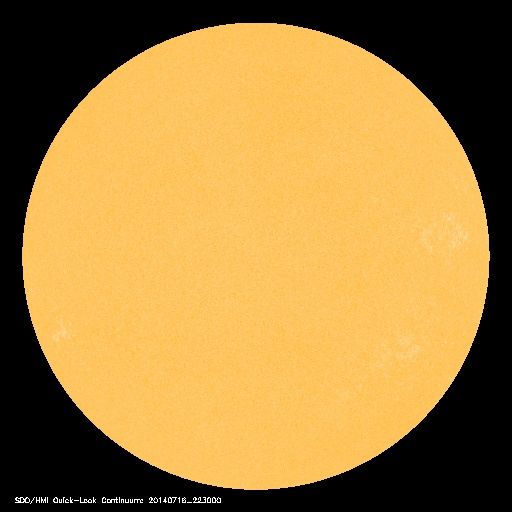
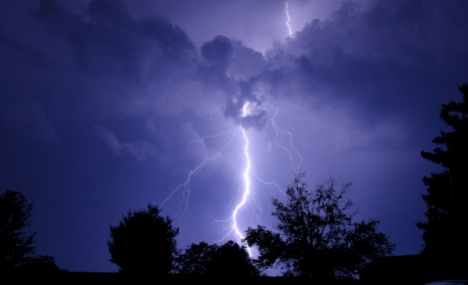
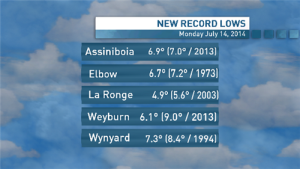
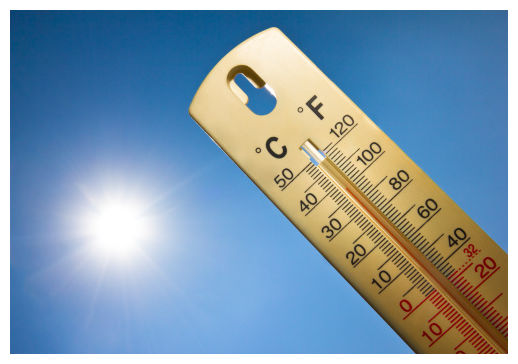
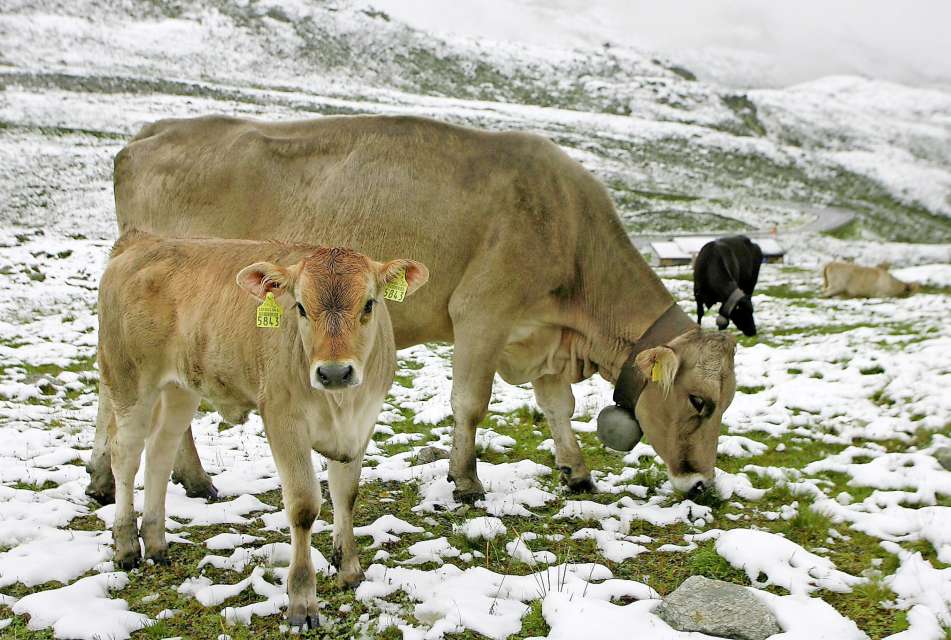
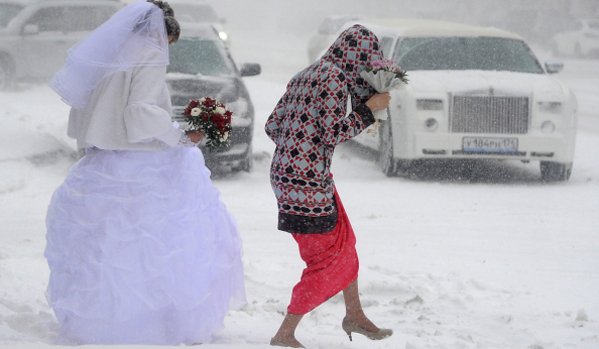



Comment: For more information on the electrical nature of the universe and the factors that are currently affecting the sun and the weather here on earth, read Pierre Lescaudron's new book, Earth Changes and the Human-Cosmic Connection.